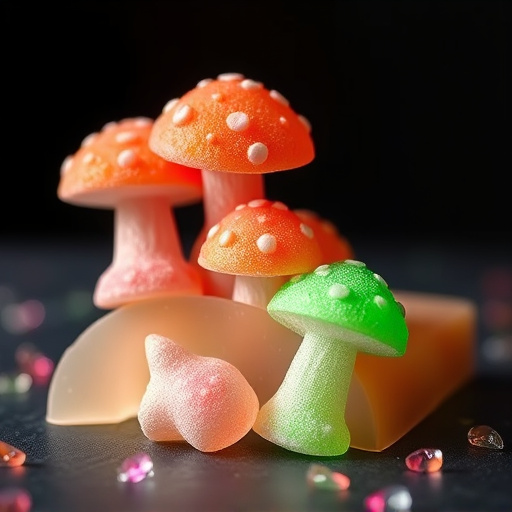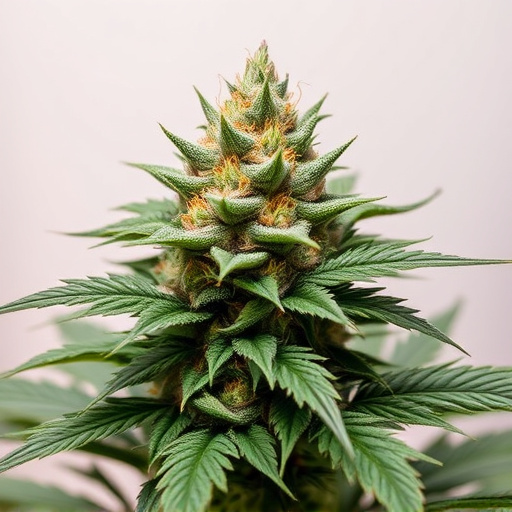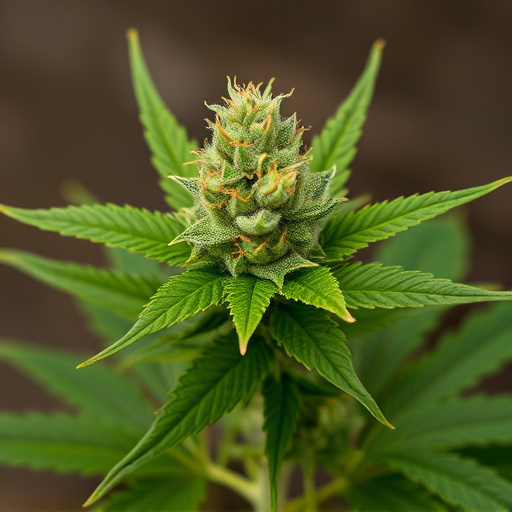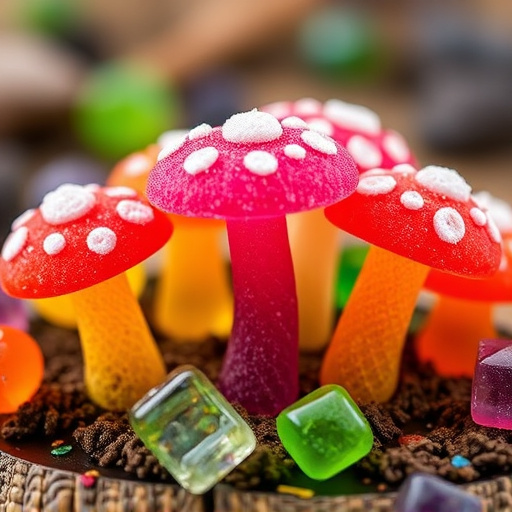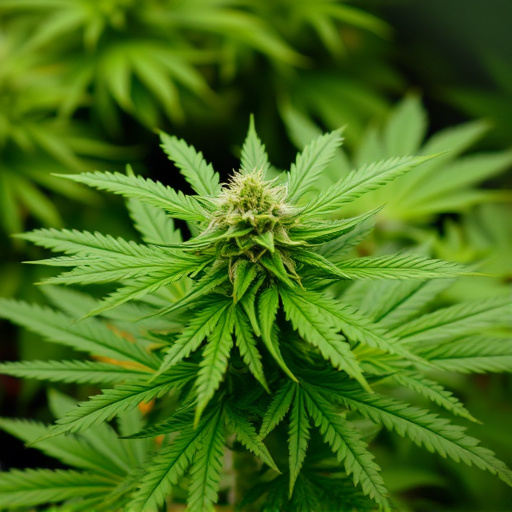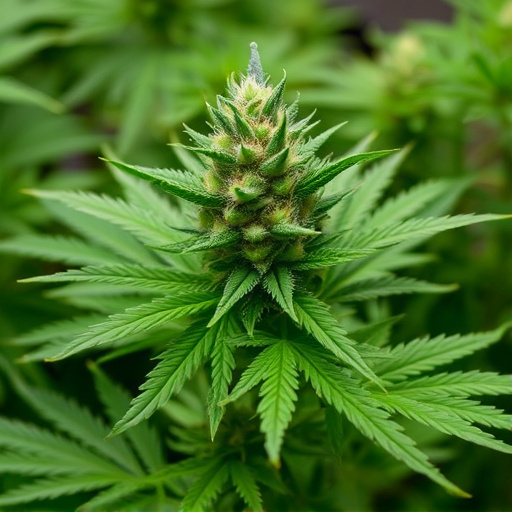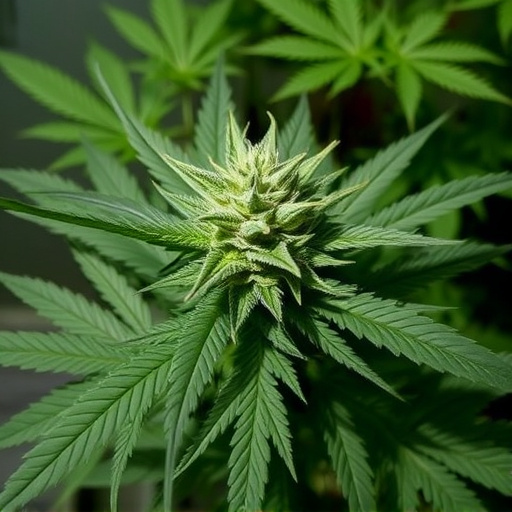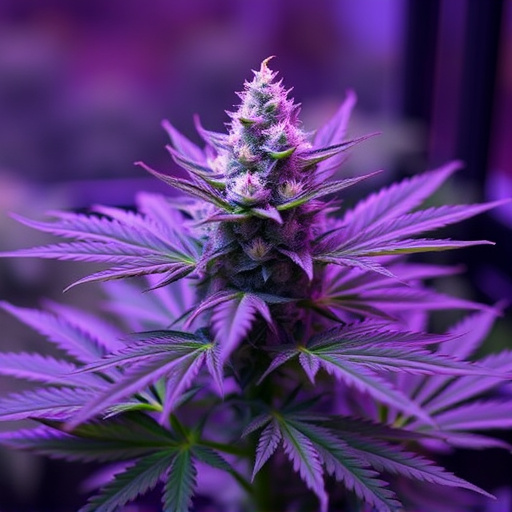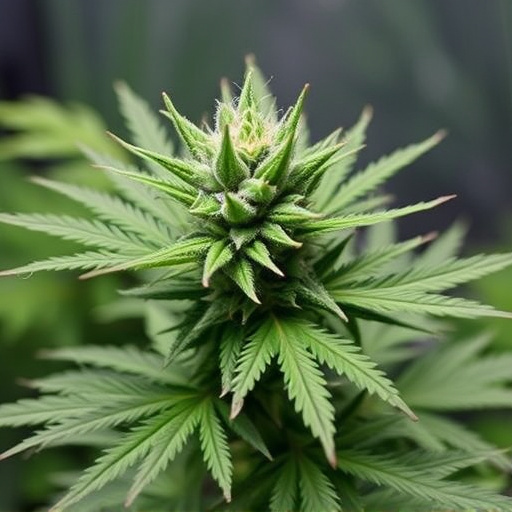The duration of a cannabis high varies greatly based on genetics (THC, CBD content) and terpene profiles. High-THC strains offer intense but brief effects (2-4 hours), while low-THC or balanced CBD/THC strains provide milder, longer-lasting highs (up to 6+ hours). Terpenes significantly influence user experience, with compounds like myrcene offering relaxing effects for extended highs and limonene providing uplifting energy. Growers cultivate cannabis to control terpene profiles, creating unique experiences, especially focusing on the easiest cannabis strains to grow for flavor and desired outcomes.
“Unraveling the factors that dictate the length of a weed high is a fascinating journey into the science behind cannabis. This article explores the intricate dance between genetics, growing conditions, and cultivar choices, each playing a pivotal role in extending the duration of your high. From the potent THC and CBD content of different strains to the subtle yet powerful influence of terpenes, we delve into the secrets that make certain varieties stand out. Additionally, learn how optimal growing practices can enhance these effects, making it easier for novice growers to cultivate the easiest cannabis strains known for their prolonged euphoric experiences.”
- Genetics and Terpenes: The Building Blocks of Duration
- – Discussion on how different cannabis strains vary in THC and CBD content
- – Explanation of terpenes and their impact on the high's intensity and duration
Genetics and Terpenes: The Building Blocks of Duration
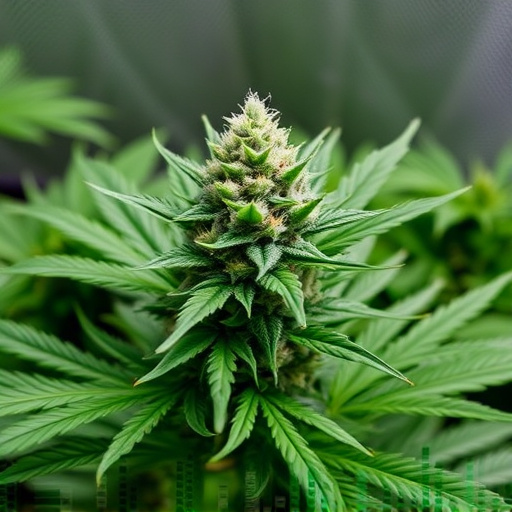
The duration of a weed high is influenced by a complex interplay of factors, with genetics and terpenes playing a pivotal role. Cannabis plants possess an array of chemical compounds known as terpenes, which contribute to their unique aroma and flavor profiles. These compounds not only make cannabis enjoyable but also interact with the body’s endocannabinoid system, influencing the intensity and longevity of the high. Certain terpene profiles are associated with longer-lasting effects, making some strains more sought after for those aiming for an extended buzz.
When it comes to genetics, different cannabis varieties have distinct characteristics. The easiest cannabis strains to grow often possess robust genetic lines that result in consistent and predictable effects. These strains may be bred for higher levels of specific terpenes or for enhanced cannabinoid profiles, ultimately affecting the duration and overall experience of consumption. Understanding these “building blocks” is key to navigating the vast world of cannabis and finding strains that cater to individual preferences and desired outcomes.
– Discussion on how different cannabis strains vary in THC and CBD content
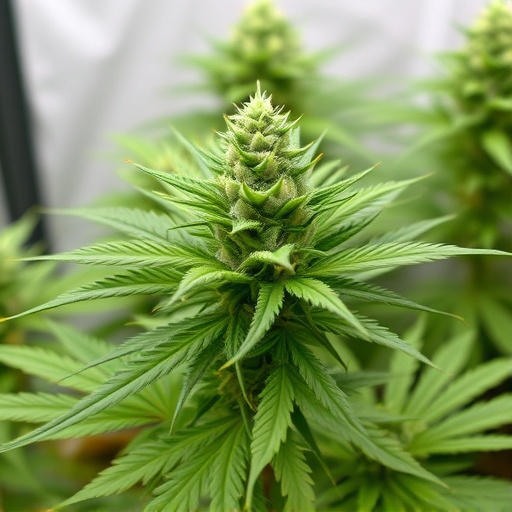
Cannabis strains differ widely in their THC (tetrahydrocannabinol) and CBD (cannabidiol) content, which significantly impacts the duration of a high. High-THC strains tend to produce more intense but shorter-lived highs, often lasting 2-4 hours. These strains are known for their euphoric effects and can be ideal for evening use when relaxation is sought. Conversely, low-THC or balanced CBD/THC strains typically offer a milder, longer-lasting high that can last up to 6 hours or more. They are popular among users seeking a clear mind and creativity without the intense feelings of anxiety or paranoia sometimes associated with pure THC.
Growing easy cannabis strains is an accessible way for enthusiasts to experiment with different effects. Many beginner-friendly varieties boast higher CBD content, which not only reduces potential negative impacts but also extends the duration of the high. This makes them attractive options for those looking to maximize their enjoyment and minimize any adverse reactions. When considering the impact on high duration, it’s essential to research strains’ specific THC and CBD profiles, especially if one prioritizes a prolonged, mellow experience over a more intense but fleeting high.
– Explanation of terpenes and their impact on the high's intensity and duration
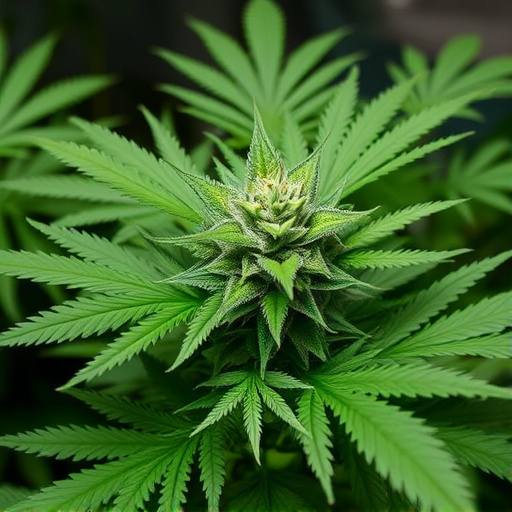
Terpenes, often referred to as the “essential oils” of cannabis, play a significant role in shaping the user’s experience, particularly when it comes to the intensity and duration of a weed high. These aromatic compounds are naturally occurring in the plant and contribute to the unique flavor and aroma of different cannabis strains. What’s fascinating is their ability to interact with cannabinoids, such as THC (tetrahydrocannabinol), which is responsible for most of the psychoactive effects.
The impact of terpenes on a high can vary widely. For instance, myrcene, one of the most common terpenes in cannabis, is known for its relaxing and sedative properties, often extending the duration of the high. On the other hand, limonene has uplifting and energizing effects, potentially reducing the overall relaxation and prolonging the sensory experience. Growers of the easiest cannabis strains to grow often consider terpene profiles when cultivating, as these compounds not only influence the flavor but also contribute to the desired therapeutic or recreational effects, making each strain unique in its high’s intensity and duration.
